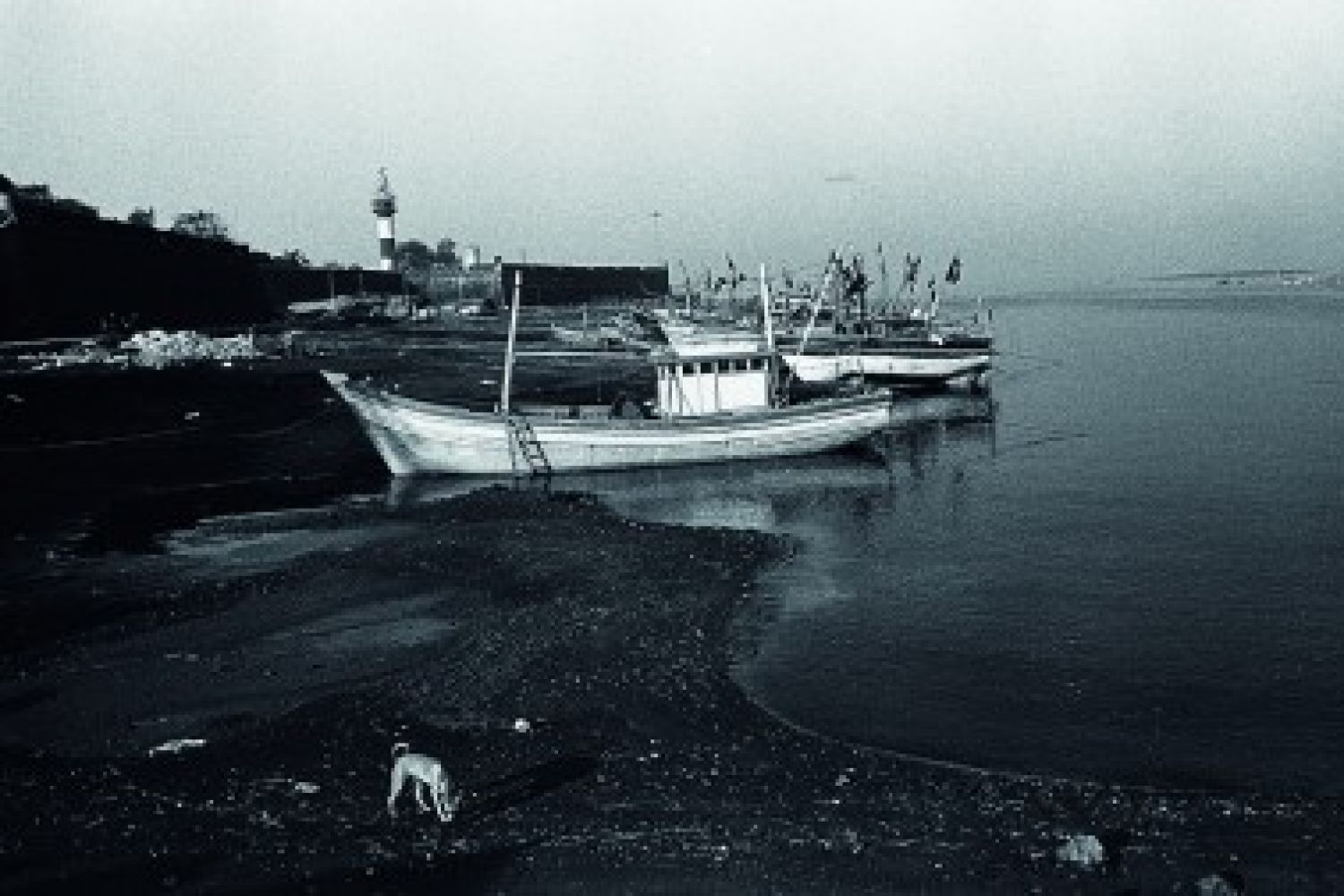
���Don’t worry, nobody
will steal it there. For 32 years now, since I’ve been working here, there have
been no thefts. This light here burns all night, that one on the left as well,
that one also… And those men down there, sitting in that open van, are playing
cards all night… For 32 years now… Don’t worry,” Mr Faleiro, owner and manager
of the Hotel Paradise in Nani Daman, assured us, leaning out of the window that
overlooks the town’s taxi stand and a parking lot.“You pa
Continue reading “A touch of Iberia and the Jinn keeper”
Read this story with a subscription.





